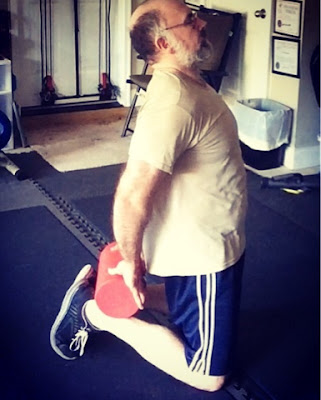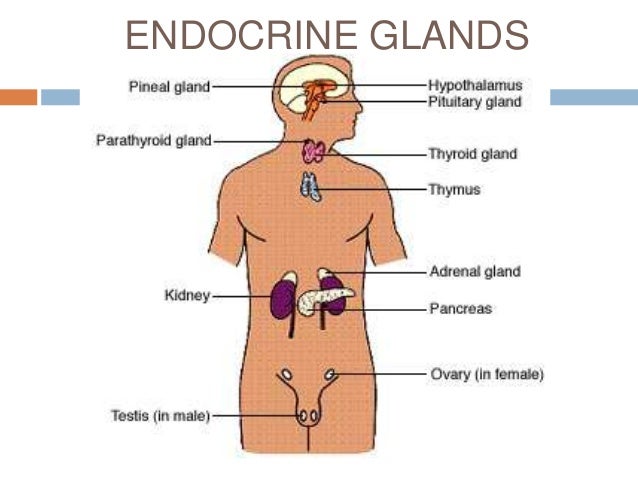In modern sports, the rise of youth athletics, has been steadily climbing over the past twenty years. The days of simple play for children, with the intent of recreation, leisure and fun, appear to be fading fast. Youth athletics has evolved from children simply playing games, to serious competition in a wide variety of sports. With this new level of competition, comes a variety of negative attributes, which may not be intentional, but are very real nonetheless. Special camps, travel teams, all stars and professional training services are common ingredients in today’s youth sports. Many youth sporting events have grown into big business with large profits at stake. The stress and pressures of these new situations in youth sports, has caused many unforeseen issues to arise, that need to be addressed for the welfare and safety of the children involved (Appenzeller, 2011).
There are many forms of abuse when it comes to child athletes. Different forms of abuse on today’s sports field can include physical, sexual, and emotional abuse, neglect and harassment. It is easier to understand the negative consequences of physical and sexual abuse. The other forms of abuse in the neglect, harassment and emotional abuse categories, are just as real and damaging as any physical abuse. These types of sports abuse were not very widely known or talked about in the past. In recent years, there have been a growing number of these incidents, involving these different forms of youth athlete abuse. Many court cases and litigation have come about as a result. The rising numbers of these incidents have gotten to the point where it is now a known problem, which have been addressed across many different forums (De Lench, 2015).
Another low key form of abuse, that seems to be happening frequently throughout the youth sports world, is a form of pampering or coddling, which leads the youth athlete in a direction that benefits the immediate needs of the team or coach and not the child’s best interests. Increasing performance, with the desire to win at all costs, is a new variable in youth sports that can have many negative effects on the youth athlete, especially long term. Instead of teaching the children involved in sports, how to make good decisions, based upon traditional morals and ethics, many are taught how to excel in the moment, without regard to the long term consequences. This type of abuse covers many different things such as using performance enhancing drugs or different training and sports shortcuts, to maximize performance on the field. Unfortunately, for the youth athlete, these types of shortcuts, hacks and tricks, can have life altering consequences, later in life (Elmore, 2013).
Aside from a child’s parents, a coach is one of the most powerful and influential figures in a young athlete’s world. There are many great coaches in the world today, who do great things for the children involved in sports. As with any group, there are also the bad apples of the bunch, who despite any good intentions, do not belong in a coaching job. A form of leadership or coaching that many coaches employ, revolves around mental and emotional cueing. By reaching the inner mental and emotional centers of a young athlete’s mind, a coach can deliver powerful messages to the athlete. Of course, this can be good or bad, depending on how it is done. Coaches are not psychologists and sometimes a coach’s verbal dialogue and related actions can have very harmful and negative effects on a young athlete. Regardless of the coach’s intentions, negative mental and emotional abuse of young athletes, is just as damaging, as any obvious physical abuses. Self-confidence, self-esteem, self-worth and the passion for playing sports can all be destroyed by a coach, employing negative mental and emotional tactics with a young athlete. This type of abuse is also very difficult to detect and isolate, as there are many variables in a child’s life, which can mistakenly be attributed to a change in behavior (Hartnett, 2015).
As different types of abuses with young athletes become more documented and well known, different agencies are beginning to fund and conduct more research into this complicated topic. Research into the multifaceted topic of youth athlete abuse is not an easy thing to do. There are many obstacles that stand in the way of any potential researchers. Political, financial, ethical and educational hurdles, stand in the way of researchers, who dare to delve into this sensitive topic. Nobody wants their team or school to be called out with an abuse scandal. Regardless, many organizations have been conducting research that will hopefully shed new light on this form of abuse. Physical abuse is probably the easiest form of youth athlete abuse to research, because of its obvious nature. Sexual, emotional and mental abuse and harassment are much more difficult to research, due to the sensitive and complex nature of these forms of abuse. Many organizations have formed child protection in sports offices with designated welfare specialists, who work with researchers, to investigate and take action on information provided. It still has a long way to go to reach optimal levels of effectiveness. Many agencies are now actively pursuing information on youth athlete abuse, in its many forms, and trying to find solutions to this intricate issue. (Tickle, 2010).
While research is important to understand more about youth athlete abuse, in its many forms, there are actions which many think need to be implemented immediately, to try to safeguard children from further abuse. Many think that certain actions and measures can be put into place quickly, which should help reduce the chances of further abuse. Some of these actions and measures include criminal background checks, increased education for coaches, administrators and staff members, policies implemented at school, organization and team level, hotlines setup for reporting abuse, and repercussions for officials, who fail to report and take action on abuse allegations. Many schools and organizations have already implemented some, if not all, of these measures (Hamilton, 2013).
Hopefully, these actions will help reduce the amount of abuse in the future. Many are concerned with the unknown abuses that are ongoing now or have already happened and have not been reported. Part of the issue involves the precarious situation that the young athlete is placed in, when these crimes occur. If a young athlete is doing well, despite being abused in some form; they are less likely to come forward and report an abuse and risk losing all that they have worked for. There is no simple answer to fix this dilemma. Some research has shown that those youth athletes, who have suffered the most abuse, are many times, the rising stars of the team, on the verge of greatness. These young athletes are very reluctant to come forward, with so much at stake. Educational and counseling programs have been implemented at many institutions to educate the youth athletes on these types of situations, and to give them options to report any abuse. It is still a difficult situation, despite many new courses of action that have been provided (Hamilton, 2013).
The threat of abuse, in its many forms, for youth athletes remains, despite many measures being undertaken to mitigate the risk. Awareness, education, standardized programs and policies are needed across the spectrum of youth athletics, to help reduce this type of abuse. Children should be able to participate in and enjoy sports, without the threat of some form of abuse, from adults, in positions of authority and influence. With the high stakes and stress of many youth athletic programs today, the threat of abuse will likely remain into the foreseeable future. This problem is complicated and wide reaching on a global level. Hopefully, the research and preventative measures, now being implemented, will at least reduce, the number of abuse occurrences. More work needs to be done, to eliminate this problem. Laws have been passed for child labor and education. It is time for the government to implement laws, to protect the children on the sports fields, as well (Appenzeller, 2011).
References:
Appenzeller, H. (2011). Ethical behavior in sport. Durham, N.C.: Carolina Academic Press.
De Lench, B. (2015). Abuse in Youth Sports Takes Many Different Forms. MomsTeam. Retrieved from
http://www.momsteam.com/health-safety/emotional-injuries/general/abuse-in-youth-sports-takes-many-different-forms?page=0%2C0Elmore, T. (2013). A New Kind of Child Abuse in Athletics. Growing Leaders. Retrieved from
http://growingleaders.com/blog/a-new-kind-of-child-abuse-in-athletics/Hartnett, T. (2015). The Mental Abuse of Young Athletes. The Huffington Post. Retrieved from
http://www.huffingtonpost.com/entry/the-mental-abuse-of-young_b_6682184Tickle, L. (2010). Olympics 2012 spark rise in studies into abuse of child athletes. The Guardian. Retrieved from
https://www.theguardian.com/education/2010/nov/23/young-athletes-abuse-studies-olympicsHamilton, M. (2013). Abuse in the Sports World, and What Needs to Be Done About It. Verdict. Retrieved from
https://verdict.justia.com/2013/05/16/abuse-in-the-sports-world-and-what-needs-to-be-done-about-it




































